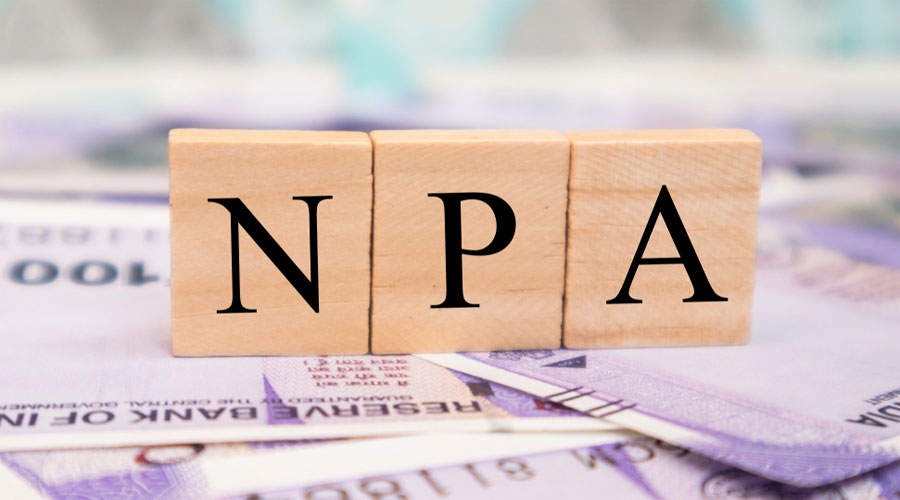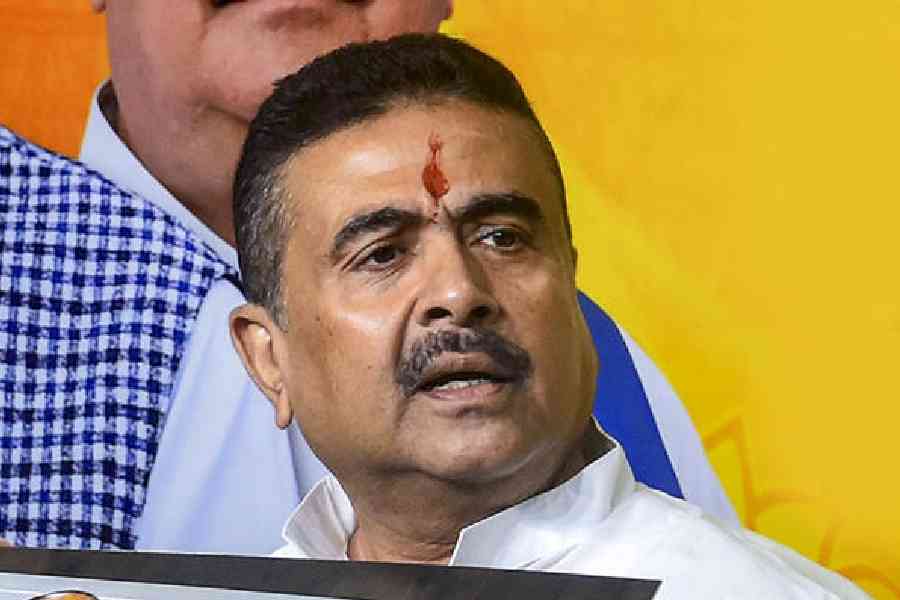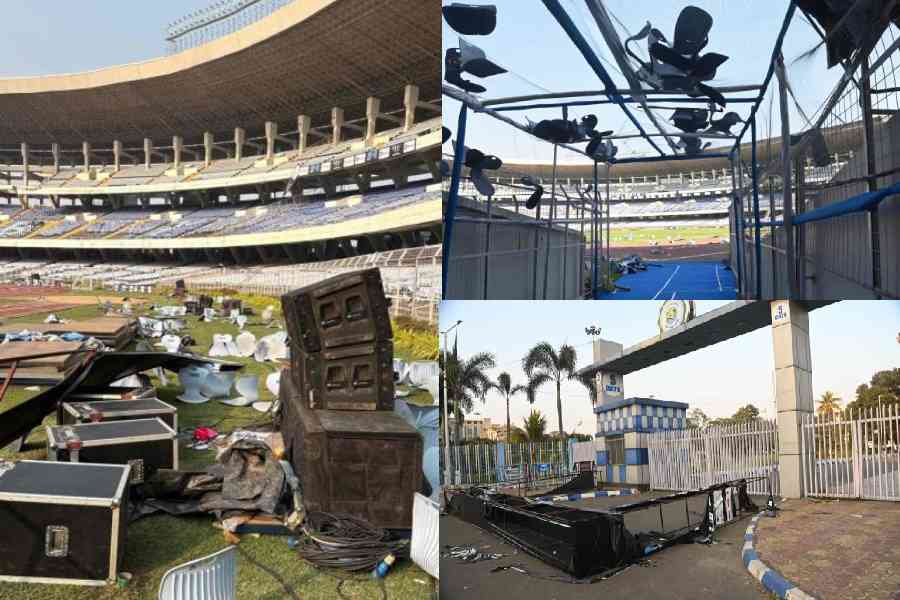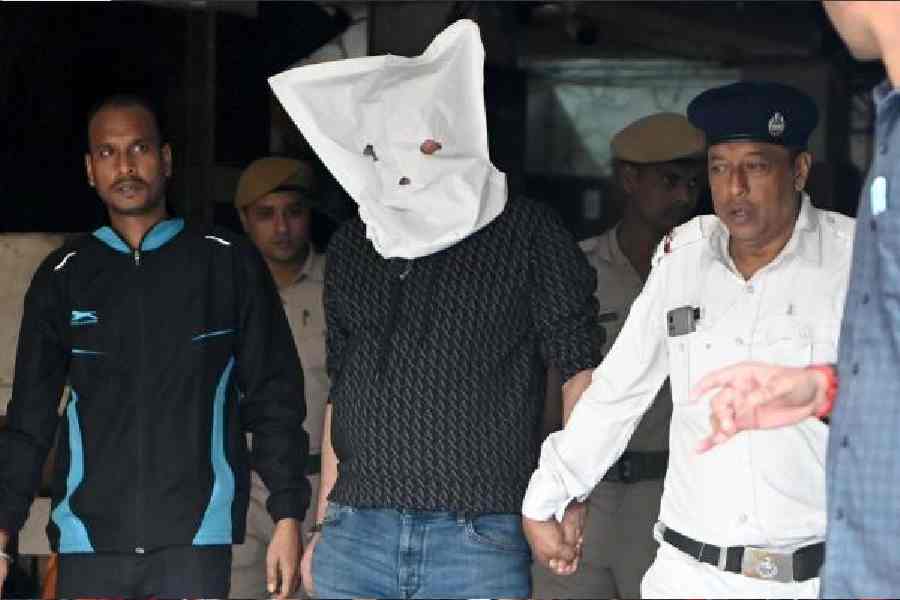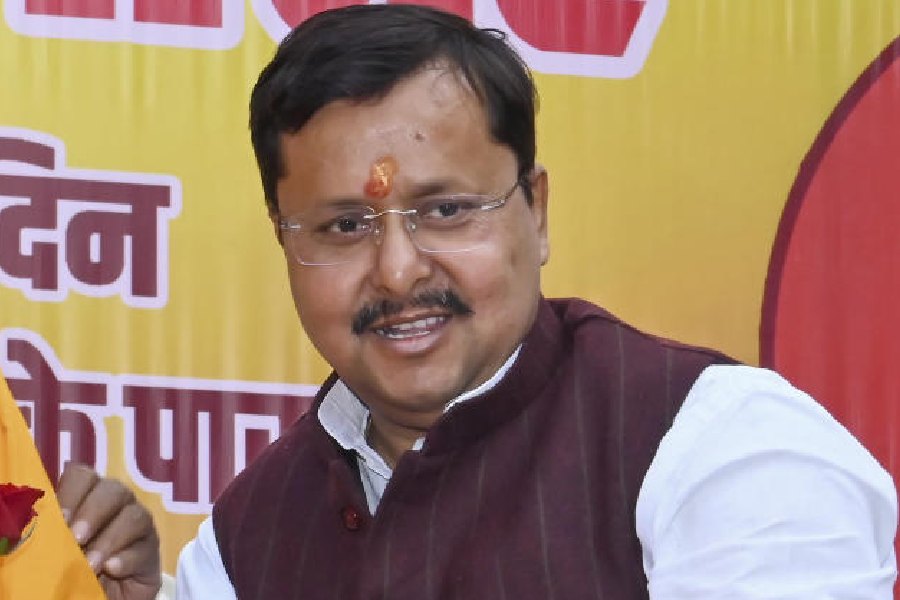The bad loan headache is not going away anytime soon for banks.
Stress tests of the Reserve Bank of India (RBI) show the ratio of gross non-performing assets to total assets (gross NPA ratio) will rise to 8.1 per cent in September 31, 2022 under the baseline scenario and 9.5 per cent under severe stress conditions.
This forecast comes just a day after another report on banking trends by the RBI revealed gross NPA ratio declining to 6.9 per cent by end-September 2021 from 7.3 per cent by the end of March 2021 and 8.2 per cent in 2019-20.
However, pressure points remain in the system that could lead to higher NPAs.
The Financial Stability Report — a bi-annual RBI document released Wednesday — said the gross NPA ratio could rise to 9.5 per cent under severe stress conditions by September.
Banks, however, have sufficient capital both at the aggregate and individual levels even under stress conditions, the report said.
The projection is an improvement from those made in the previous stability report in July: gross NPA ratio was then expected to increase to 9.80 per cent by March 2022 under the baseline scenario and 11.22 per cent under a severe stress scenario.
The baseline scenario incorporates the forecasts of macroeconomic variables such as the GDP growth, combined fiscal deficit-to-GDP ratio, CPI inflation, weighted average lending rate and certain other metrics.
The RBI clarified the adverse scenarios were stringent conservative assessments under hypothetical adverse economic conditions, and these model outcomes should not be interpreted as forecasts.
If the stress conditions do not materialise and the situation turns optimistic relative to the baseline, the gross NPA ratio of all the banks may moderate.
However, the report did flag certain sectors that may contribute to higher NPAs.
It pointed to the emerging signs of stress in micro, small and medium enterprises as also in the micro finance segment and called for the close monitoring of the portfolios.
The report also warned of stress in retail loans where the overall demand for consumer credit, reflected in inquiry volumes, has recovered following a dip on account of the second wave with the upturn led by demand for personal loan and credit card segments .
However, inquiries have shot up from sub-prime consumers, particularly after the second wave, with PSU banks showing a disproportionate size of below prime borrowers in the consumer credit mix.
“Delinquency levels in terms of product types point to a general deterioration across product category levels in September 2021 relative to September 2020, with the credit card segment being the only exception,’’ the report said.
In his foreward to the report, RBI governor Shaktikanta Das said the Indian economy was regaining strength and resilience which got interrupted by the second wave.
Consumer confidence and business optimism are on the rise with rapid vaccinations. Though the outlook is progressively improving, there are headwinds from global developments and more from Omicron recently.
“Entrenching the recovery hinges on revival of private investment and shoring up private consumption, which remain below their pre-pandemic levels,” Das added.
Admitting that inflation remains a concern due to the build-up of cost-push pressures, Das said the strong supply side measures to contain food and energy prices have worked towards moderating these risks.
Noting that the financial institutions have remained resilient amidst the pandemic and stability prevails in the financial markets cushioned by policy and regulatory support, the governor said he is confident that the strong balance sheets of banks with higher capital and liquidity buffers will help to mitigate future shocks.
The stability report expressed doubts about the government’s ability to contain fiscal deficit at the budgeted 6.8 per cent of GDP this fiscal after it moved the second supplementary demand of grants worth Rs 3.73 lakh crore which came in spite of a massive 83 per cent jump in net tax revenue so far this year to Rs 10.53 lakh crore.

